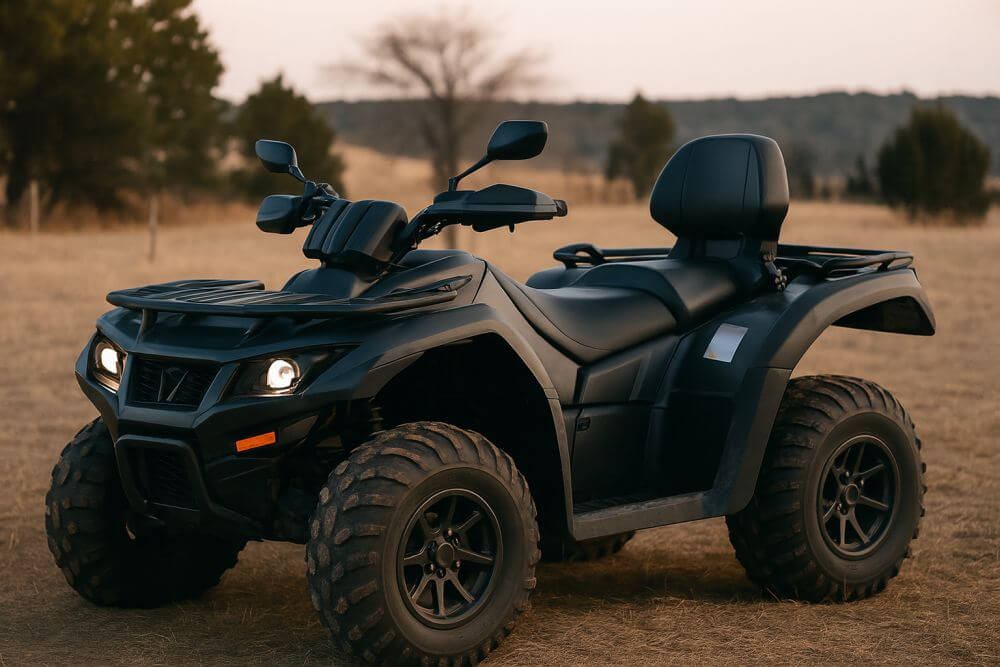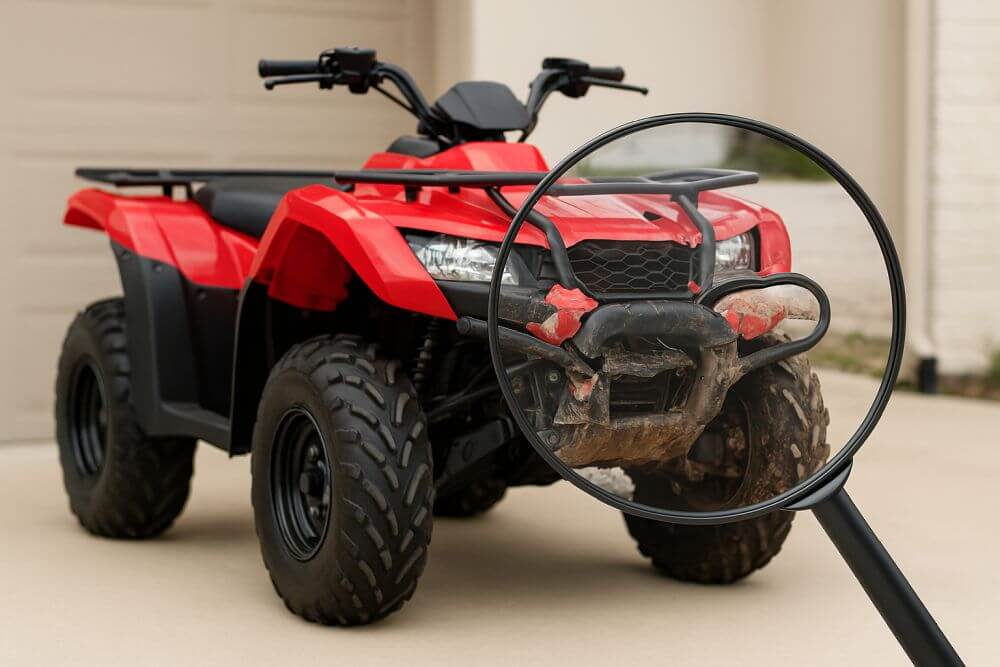When purchasing a vehicle, understanding the Vehicle Identification Number (VIN) is crucial. Whether you’re buying a car or a motorcycle, the VIN serves as a unique identifier that reveals important details about the vehicle’s history, specifications, and authenticity. However, many buyers are unaware that the VIN Checker format differs between motorcycles and cars. Understanding these differences can significantly impact your decision-making process, especially when performing a VIN check for history reports or decoding the VIN for specific vehicle information.

Understanding the Basics of VINs
Before diving into the differences between motorcycle and car VINs, it’s essential to grasp what a VIN is and its purpose. A VIN is a 17-character sequence of letters and numbers that serves as the fingerprint of a vehicle. This sequence isn’t random; each character or group of characters signifies specific information about the vehicle, such as the manufacturer, model, engine type, and more. The VIN is standardized internationally, making it a reliable source for identifying any vehicle worldwide.
Motorcycle VIN Format vs. Car VIN Format
The primary difference between motorcycle VINs and car VINs lies in their structure and the information they convey. While both are 17 characters long, the way they encode information can differ. Let’s explore these differences in detail.
World Manufacturer Identifier (WMI)
The first three characters of a VIN represent the World Manufacturer Identifier. This part of the VIN indicates the manufacturer and the country where the vehicle was produced. For cars, this can often provide detailed information about the specific assembly plant. In contrast, motorcycle VINs might not always offer such detailed plant-specific data, often due to fewer production facilities compared to car manufacturers.
Vehicle Descriptor Section (VDS)
The next six characters, known as the Vehicle Descriptor Section, provide detailed information about the vehicle model, body style, engine type, and transmission. While both motorcycle and car VINs use this section to describe the vehicle, the specifics can vary significantly. Motorcycles might include information specific to two-wheeled vehicles, such as frame type or specific motorcycle model codes.
Vehicle Identifier Section (VIS)
The final eight characters make up the Vehicle Identifier Section. This portion includes the vehicle’s production sequence number, which is crucial for identifying the precise vehicle out of a production line. Both motorcycles and cars use this section to provide unique identifiers for individual vehicles, but the sequence and significance can differ based on the manufacturer’s own encoding system.
Why VIN Differences Matter
Understanding the differences in VIN formats is essential for anyone looking to purchase a used motorcycle or car. For motorcycle buyers, knowing how to read and decode a motorcycle VIN can reveal critical information such as recalls, model specifications, and authenticity checks. This is where a motorcycle VIN guide becomes invaluable.
The Role of a VIN Decoder
Whether you’re buying a car or a motorcycle, using a VIN decoder is an effective way to unlock the information encoded in the VIN. A VIN decoder can reveal crucial details about the vehicle’s history, such as accident reports, title changes, or even theft records. This is especially important for motorcycles, as their unique VIN format might include specific codes and identifiers that are less familiar to the average buyer. Fortunately, tools like VinCheckPro’s free VIN decoder are available to help decode this information efficiently and accurately.
Frequently Asked Questions (FAQ)
What are the main differences between a motorcycle VIN and a car VIN?
While both are 17 characters in length, the information encoded within each section can differ. Motorcycle VINs might include specifics related to frame type or motorcycle-specific models, while car VINs often detail assembly plant information and more diverse model descriptions.
Can I use a car VIN decoder for a motorcycle?
While some VIN decoders are versatile, it’s recommended to use a decoder specifically designed for motorcycles. This ensures all motorcycle-specific data is accurately interpreted, as their VIN formats might include unique identifiers not present in car VINs.
How do I find the VIN on a motorcycle?
Motorcycle VINs are typically located on the frame or the steering neck, but the exact position can vary by manufacturer. It’s best to consult the owner’s manual or contact the manufacturer for the precise location.
Is a VIN check necessary for used motorcycles?
Yes, a VIN check is crucial for verifying the authenticity, history, and condition of a used motorcycle. It can reveal past accidents, title issues, or theft records that aren’t immediately apparent during a visual inspection.
How accurate are VIN decoders?
VIN decoders are highly accurate if they are updated regularly and use comprehensive databases. They can provide detailed reports that include vehicle specifications, recalls, and history, making them indispensable tools for vehicle buyers.


